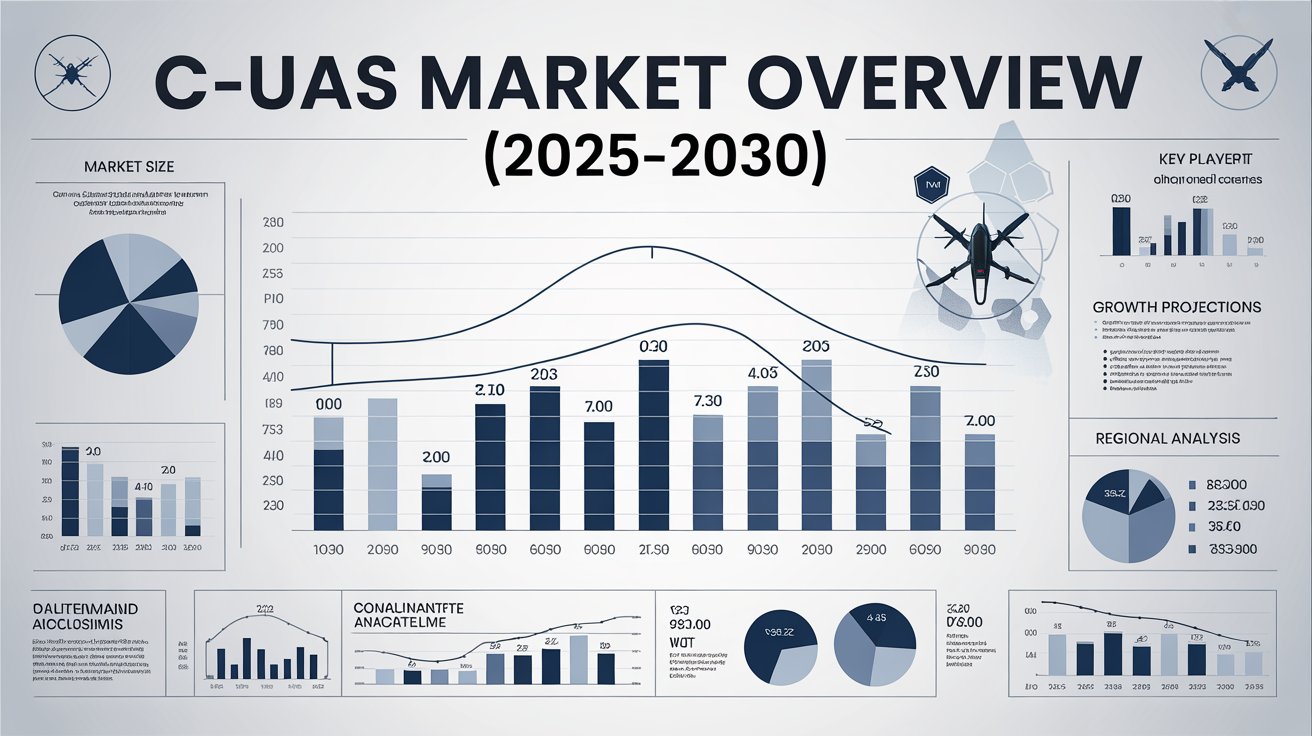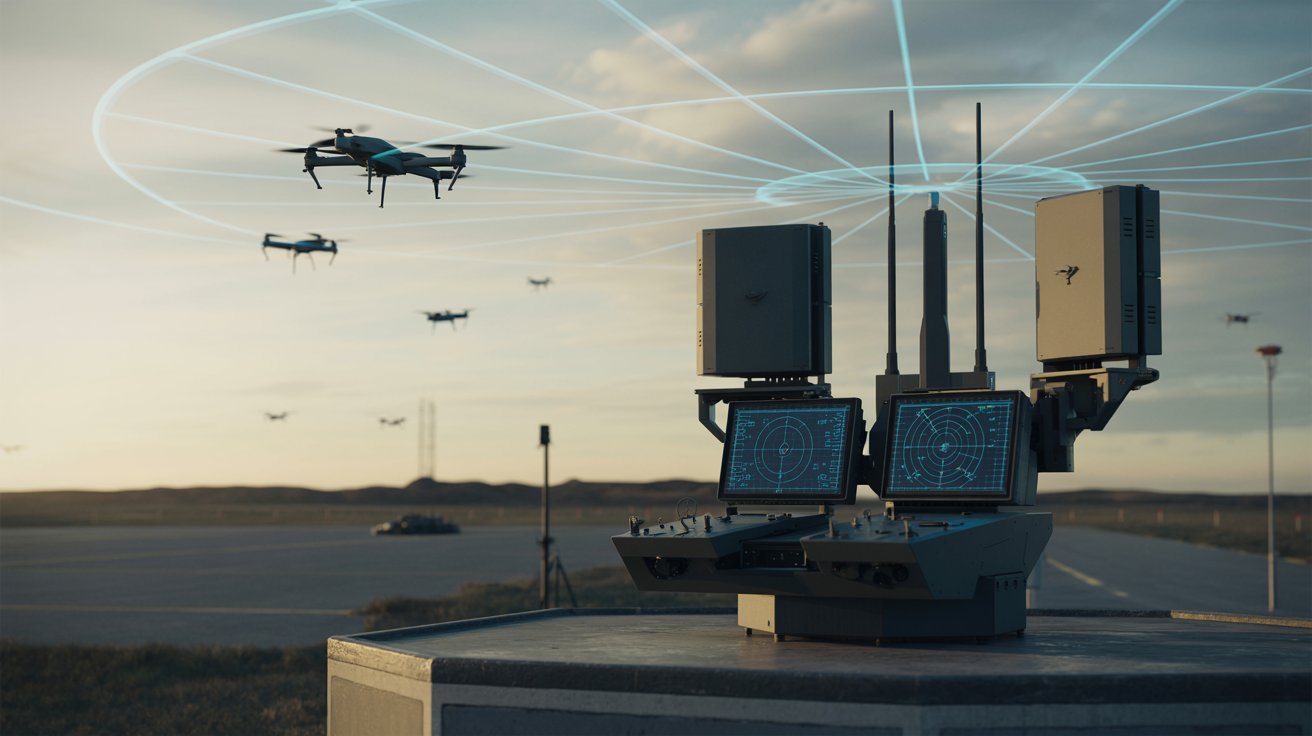This report analyzes the counter-unmanned aircraft systems (C-UAS) market from 2025 to 2030 and describes various industries and technological trends prevailing in the market. The counter-unmanned air systems (C-UAS) market is projected to grow from USD 6.64 billion in 2025 to USD 20.31 billion by 2030, at a CAGR of 25.1%.

By solution, the UAS mitigation & neutralization segment is projected to register the highest CAGR over the forecast period. The projected growth is due to the increasing deployment of electronic and kinetic effectors to turn off rogue drones, AI-enabled jammers, and directed-energy systems integration, and rising defense investments in layered counter-drone architectures across borders and critical sites.
Download PDF Brochure @ https://www.marketsandmarkets.com/pdfdownloadNew.asp?id=4197284
By end user, the commercial & civil segment is projected to register the highest growth during the forecast period due to the rapid adoption of counter-UAS systems by airports, oil refineries, event venues, and power utilities to protect assets from unauthorized UAV incursions, coupled with growing regulatory approvals for civil C-UAS operations.
Europe is projected to account for the second-largest share during the forecast period due to large-scale adoption of counter-UAV systems by NATO member states, expansion of airport protection programs, and sustained R&D initiatives from companies in the UK, France, and Germany aimed at integrating radar, RF, and optical tracking technologies. In Europe, counter-UAS systems dominate the regional defense technology market, with strong demand for detection radars, RF sensors, and command-and-control solutions to counter rising drone incursions. NATO-led programs such as GUARDION, AUDS, and SkyWall deployments are driving collaborative efforts to create interoperable and layered C-UAS architectures capable of protecting borders, airports, and defense assets across the continent.

Much European innovation centers on multi-layered counter-drone capabilities, where defense agencies prioritize acquiring advanced detection, jamming, and kinetic effectors. Regional defense primes, supported by EU security initiatives and multinational partnerships, are developing next-generation counter-drone systems to strengthen protection against UAV-based threats.
Due to heightened geopolitical tensions and increased NATO defense spending, Europe is expected to remain a central revenue hub for C-UAS solutions. Continuous demand for drone detection and neutralization technologies ensures Europe’s strong momentum within the global counter-unmanned aircraft systems (C-UAS) market.
Key Market Players:
Key players in the counter-unmanned aircraft systems (C-UAS) market are RTX (US), Lockheed Martin Corporation (US), Northrop Grumman (US), IAI (Israel), Thales (France), Rheinmetall AG (Germany), RAFAEL Advanced Defense Systems Ltd. (Israel), BAE Systems (UK), Elbit Systems Ltd. (Israel), and Saab AB (Sweden). These companies are well-represented geographically and offer a wide range of products. These businesses operate worldwide and provide a variety of products. They rely on their diverse product portfolios and R&D capabilities to increase their market share.
Ask for Sample Report @ https://www.marketsandmarkets.com/requestsampleNew.asp?id=4197284
Future Outlook:
The future of the Counter-Unmanned Aircraft Systems (C-UAS) market points toward accelerated technological convergence, where AI-driven detection, directed-energy weapons, and integrated sensor fusion will redefine airspace defense capabilities. As drone technologies evolve in speed, autonomy, and swarm coordination, nations and industries alike are prioritizing the development of multi-layered, interoperable C-UAS ecosystems capable of detecting, tracking, and neutralizing threats in real time. The increasing adoption of autonomous counter-drone systems, coupled with advancements in machine learning–based threat analytics and cross-domain command-and-control integration, will enhance both military and civil protection frameworks. With heightened geopolitical tensions and regulatory support for civil C-UAS use, the market is poised for sustained growth—anchored by rising investments in AI, radar, RF, and directed-energy innovations that ensure the safe coexistence of manned and unmanned systems within shared airspace.
